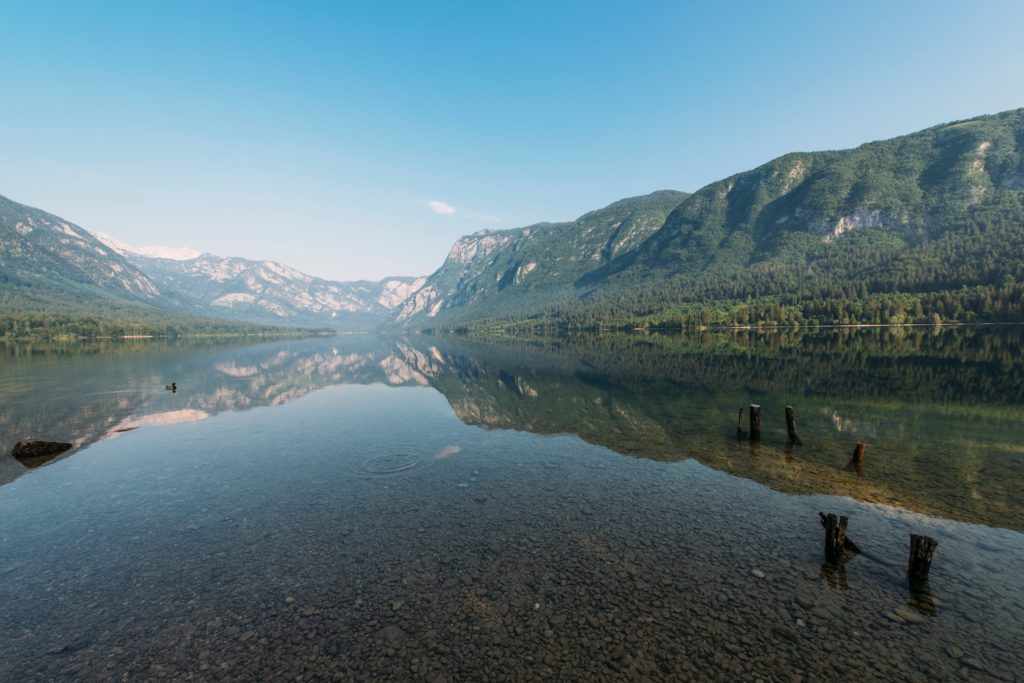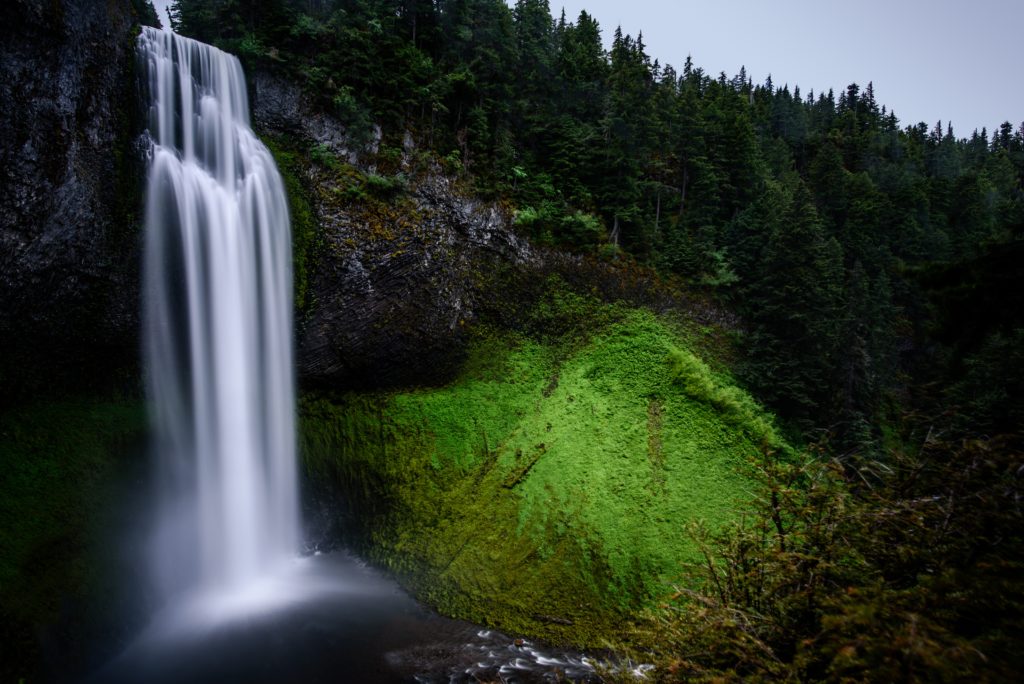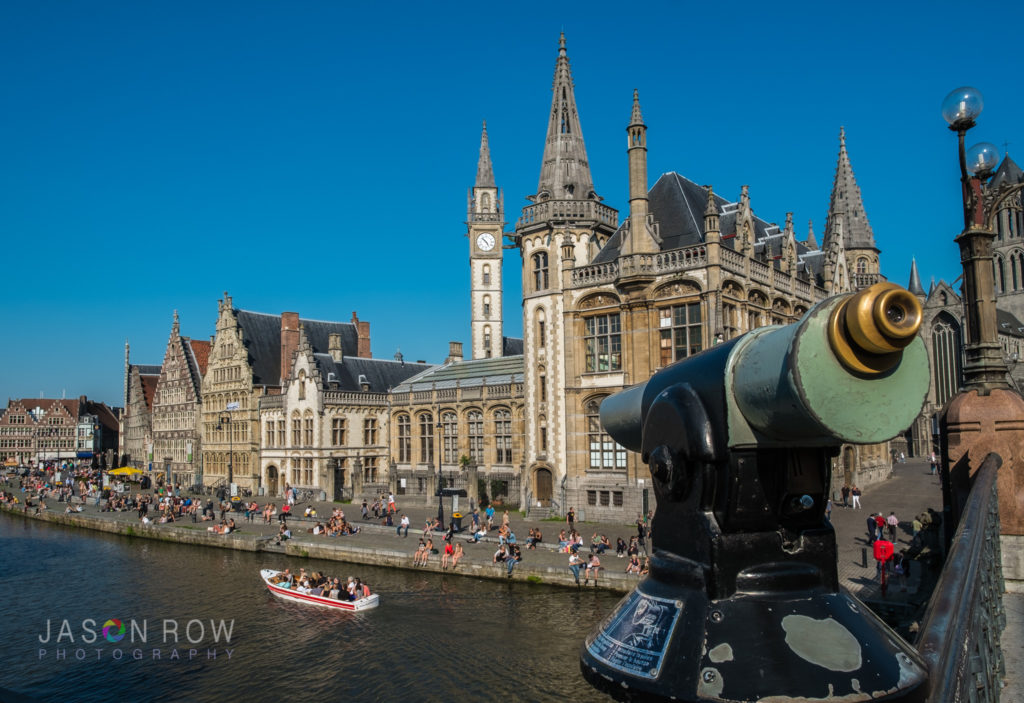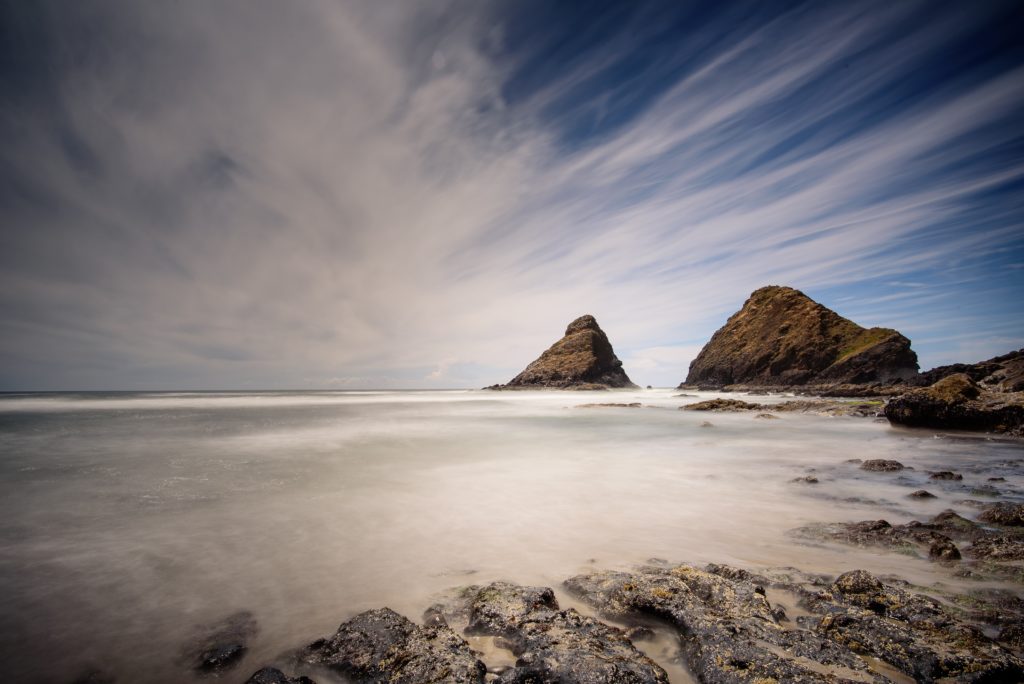If like me, you are a member of multiple photography groups and forums online, you may have seen a constantly occurring misapprehension. That is that polarising and neutral density filters do the same thing. Rarely a day goes by without me seeing some reference to using a neutral density filter when what the photographer actually needed was a polariser.
I suspect the confusion comes from the fact that they are, possibly, the two most common filters in use today. However, they have very different functions and very different end results. As buying the wrong one could be an expensive mistake, today we are going to to take a look at what each filter is, and when you should use it.

What Is A Polarising Filter?
When shooting outside, your primary light source is most likely to be the Sun. Whilst the light of the sun is direct, once it reflects off of objects within your scene, it becomes much more scattered. Depending on your subject the light may only be reflected back in certain wavelengths. For example, the foliage of a tree can be highly reflective but only for green wavelengths. All this leads to a general degradation of image clarity, particularly on bright sunlight days.
A polarising filter is made up of two separate plates. The front element rotates and as it does so it gradually focuses the light from multiple directions into one single beam.
Most polarisers available for photographers these days are known as circular polarisers. The design of them allows modern camera metering systems to work correctly. The older linear type filters do not work well with modern cameras but are also quite rare these days. Just make sure you are ordering a circular polariser.

What Is A Neutral Density Filter?
Compared to a polariser, a neutral density filter is a fairly simple device. They are flat pieces of glass or acrylic that are tinted neutral grey. There are various levels of tint each denoted by a specific number. Those numbers are optical density or ND Factors. Either number represent the number of stops of light that the filter reduces. An ND 0.3 (optical density) or ND 2 (ND factor) filter reduces exposure by one stop of light. An ND 0.9 or 8 reduces light by three stops.
Typically ND filters come in variants that reduce light by 1, 2, 3, 6 and 10 stops. They are available as screw-in filters or as part of a square filter system such as Lee.

Why Use A Polarising Filter?
As we mentioned earlier, a polarising filter reduces light reflections from multiple directions into one plane. For photographers, reflections in bright daylight can drastically reduce image quality in the form of glare and haze. It can also desaturate colours leaving images looking washed out, despite the strong directional light of the sun. Using a polariser can cut down those reflections, particularly in these areas:
- Foliage. The leaves of trees and other plants are highly reflective in green wavelengths. This can lead to areas of grass and forestry looking very unsaturated in images without polarisation.
- Water. Polarisers are particularly useful at cutting the reflections and glare coming off of the water. In many cases, a polariser can reduce the glare to the point where you can see through to the bottom of the lake or beach line that you are shooting.
- Sky. A lot of the light in our scenes is reflected back into the sky reducing its clarity and vibrance. By using a polariser, we can return some of the blueness to the sky and make clouds stand out against it.
- Glass. Reflections off of glass can be significantly reduced when using a polariser.
- Polarisers can also cut glare from many other surfaces. The notable exception is metallic surfaces. A polariser will have no effect on metal surfaces such as the body of a car.

There is a caveat to using a polariser filter. It will not work in all directions. The optimum result is found when you are shooting at 90 degrees angle to the sun. If the sun is directly behind you, a polariser will have no effect. At all angles in between these, the filter will have varying degrees of effectiveness.
Why Use A Neutral Density?
A neutral density filter or ND will not cut reflections in a scene. What it will do is cut the amount of light reaching the sensor. A good ND should not affect colour or saturation in any way, hence the term neutral. A poor quality ND may effect colour in the form of an overall colour cast.
So why would we use ND filters if they do not improve image quality? The main reason is to reduce shutter speed. There are a few reasons we might wish to do this.
- Flash Sync. If you are shooting on a beach in bright light, you may find it impossible to get your shutter speed low enough to sync with your flashgun. In this case, covering the lens with an ND may help reduce your shutter speed low enough.
- Shallow Depth Of Field. Again in bright light, you may find it tricky to maintain the very wide aperture needed for shallow DofF.
- Slow Shutter Speed. The most common reason to use an ND filter is to reduce our shutter speeds. Typically this is used to create motion blur in our still images. Classic examples of this are car light trails on a city street or the ethereal looking moving water such as a waterfall or seascape.

A derivative of the ND filter is the graduated ND filter. This has its maximum density at the top of the filter, then graduates down to transparent on the bottom half. It is typically used to add definition to skies in high contrast landscape shots. Graduated NDs usually come only in 1, 2 or 3 stop versions whilst full NDs can go to plus 10 stops or even more.
As you can see there is a significant difference between an ND filter and a polariser filter. As a newcomer, the polariser will probably be the more useful filter. As you progress to more advanced photography, you may find yourself needing neutral density filters as well. Hopefully, this article has helped clear up the differences between the two.
Further Reading
Light Stalking https://ift.tt/2MnmTx4
Sourced by Time Trap Photography sharing the best photography tips, news and tricks throughout the industry. Time Trap Photography is dedicated to freezing those special moments in life that can be revisited and admired for generations to come. - Shannon Bourque
Please visit our main site for booking availability and rates.

Receive valuable industry knowledge delivered free to your email each day.






No comments:
Post a Comment
Thank you so much for your comment. A moderator will review and approve all relevant posts. We appreciate your support and encourage you to stay with us by subscribing to our email updates. Where you can easily pick and choose what photography subjects interests you. Subscription link: http://bit.ly/photo-sub